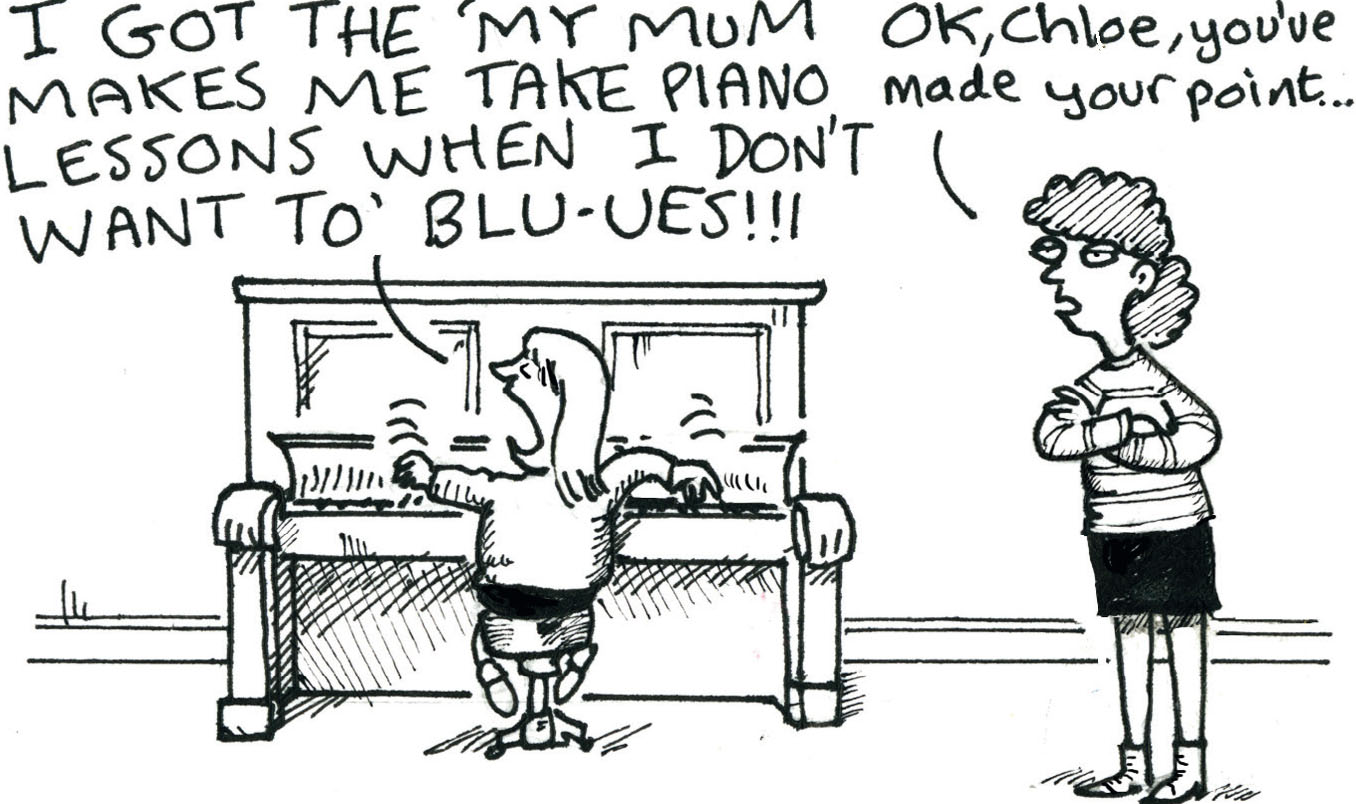
Growing up in the 1970s next to a children's home I experienced first hand the appalling effects of abuse by adults on children. Of course, safeguarding and child protection as we know it didn't exist back then.
It wasn't until the Children Act (1989) that every child was given the right to protection from abuse and exploitation. Thirteen years later, in 2002, CRB checks were launched. Four years after that, in 2006, the government green paper, Every Child Matters, led to statutory local safeguarding boards. Society's approach to safeguarding has improved dramatically.
Like many sporting and faith groups, music education has a poor record of safeguarding young people. Twenty-five years ago, a friend attending a well-known music school told me there were rumours about the conduct of a number of music teachers. The rumours seemed so far-fetched, he thought it was nothing more than ridiculous gossip. Subsequently, allegations were made against 10 former teachers from the school. There have now been numerous convictions for a range of crimes against children by music teachers working at some of Britain's most high-profile music schools.
Given all the progress that's been made in recent years, we might have hoped that modern-day safeguarding standards would result in a decline in reported incidents. But in 2017, the NSPCC reported that cases of child sexual abuse were up by an astonishing 31% on the previous year. The charity made over 4,600 referrals to police and social services in 2016-17.
I attend many project planning meetings with arts and music organisations, and it amazes me how little mention there is of safeguarding. Nine times out of 10 I find I have to raise the issue. Recently I worked on an orchestral project with a national arts organisation. When I asked for a copy of their child protection policy and safeguarding handbook, I was directed to a single line in a project agreement that stated: ‘Please refer any safeguarding concerns to the project manager’. When I pointed out that this was insufficient, I was directed towards a bland safeguarding statement which read something along the lines of: ‘We take the safety of young people in our care very seriously’. There was no detail on the actions that would be taken in the event of an incident.
Safeguarding should be woven into the fabric of all arts and music organisations. If we truly believe there is nothing more important than the safety of the children in our care, it is difficult to argue against safeguarding being the most important policy and set of practices. In addition, safeguarding knowledge is often held by a few individuals or limited to the education or learning and participation team. This makes no sense at all, particularly now with arts and music organisations taking on greater responsibility for projects that cross over into frontline children's services and health and wellbeing. And with the pervasiveness of mobile devices and social media, online safety has become an equally important and complex part of safeguarding that also intersects with GDPR.
We could all do more, but it could be argued that major funders need to take a greater interest in safeguarding and hold arts organisations to account much more than they do. The thoroughness of an organisation's safeguarding practices is often a good indication of its wider business culture.
It seems astonishing that in 2019 many arts and music organisations are still flapping around making excuses. If safeguarding isn't a standing item on the agenda from board level down, and if there's a lack of clarity on what to do in the event of a safeguarding incident, then it's time to get serious.
Phil Castang, director of creative learning and engagement, Bristol Music Trust









